All art is ecological. It is composed of materials that bear ecological histories. It refers to the planet we inhabit in ways that register environmental changes and that shape its audiences’ ecological awareness, thinking, and habits.
The Art, Ecology, and Climate Project brings such concerns to bear on Syracuse University’s art collection, at a time of intensifying and unsettling ecological and climatological change. Our research team has curated fifteen online galleries (e-museum packages) from the collection, each devoted to a different ecological topic, idea, or issue. Below you’ll find guides to a variety of artworks featured in the e-museums. You can also access both a general instructor’s guide and broader guides to each e-museum on this web page.
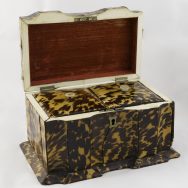
Teaching Guide:
|
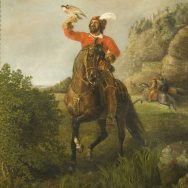
Teaching Guide:
|
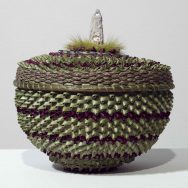
Teaching Guide:
|
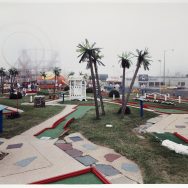
Teaching Guide:
|
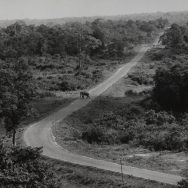
Teaching Guide:
|
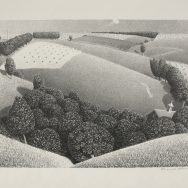
Teaching Guide:
|
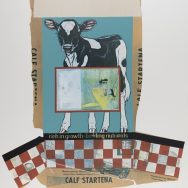
Teaching Guide:
|

Teaching Guide:
|
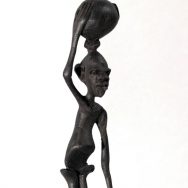
Teaching Guide:
|
